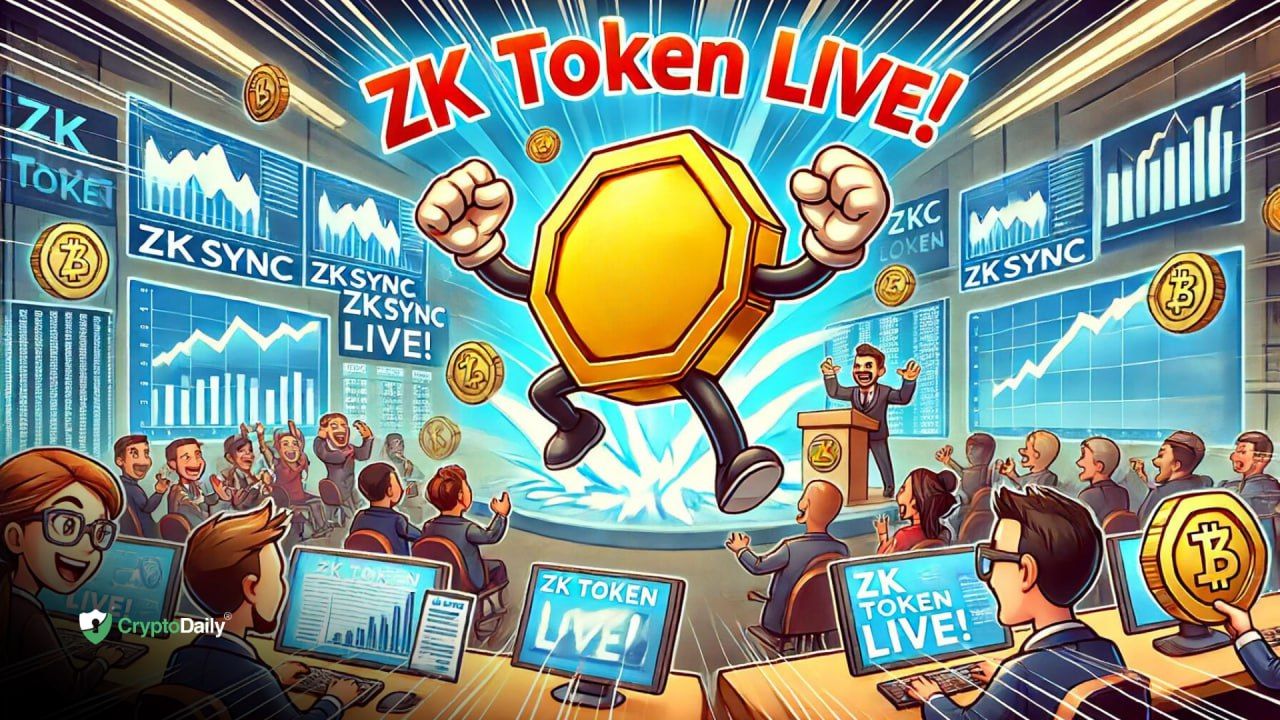ZKsync’s ZK token officially launched on multiple exchanges on June 17, with the token witnessing considerable price fluctuations as ZKsync dealt with network issues.
The ZK token is currently trading around the $0.22 mark and has a market capitalization of roughly $971 million.
ZK Token Is Live
The ZK token launched on several exchanges, including Binance, Gate.io, Bybit, and Kucoin. Its value reached as high as $0.30 but has since dropped considerably. According to data from CoinGecko, trading volume for the ZK token has reached $855 million since launch. ZKsync’s token distribution program will run from June 17 to July 16 and will distribute around 10.5 million ZK tokens to eligible users.
However, the ZKsync community has flagged concerns about the methodology used to filter Sybil farms. ZKsync has promised to address these concerns and ensure a fair and transparent distribution process for the community.
ZKsync Facing Network Load, RPC Issues
Before the launch of the ZK token, ZKsync took to X to notify users that its network was experiencing high network load and degraded performance in some of its remote procedure call (RPC) services. RPCs can communicate between nodes and also perform several network operations, such as querying data and sending transactions. The team stated they were working on increasing RPC capacity and would update the community about any developments.
“The network is currently under high load. Some RPC services may experience degraded performance. Teams are working to increase RPC capacities. Stay tuned for updates.”
Uptick In Impersonators
Following ZKsync’s announcement that over 695,000 wallets were eligible for the ZK token airdrop, there has been a significant uptick in malicious dApps (decentralized applications) impersonating ZKsync. This was highlighted by several handles on X, including Blockaid, which posted,
“Are you excited about @zksync’s $ZK airdrop? So are the scammers! Blockaid has observed a massive uptick in malicious dApps impersonating the ZkSync eligibility checker, with a 5X increase on the day the checker was released.”
The CEO of Blockaid, Ido Ben-Natan, explained that the malicious dApps impersonating ZKsync were using drainer SDKs, which helped them reach users without being detected.
“The scammers are using Twitter (X) comment sections to reach their target audience. If you go to the reply section of almost every one of ZK’s last tweets, you’ll see many accounts that are abusing Twitter’s verified accounts to distribute links to malicious DApps.”
Recent Airdrops
The ZKsync airdrop follows airdrops from StarkNet and EigenLayer. However, these airdrops left users seething, as many expected a larger allocation of tokens. Additionally, EigenLayer barred airdrop claimants from the US and several other countries, further angering the community. However, Matter Labs CEO Alex Gluchowski assured ZKsync users that a lot of thought was put into the ZK airdrop.
“We have put a lot of thought into the design of the airdrop. No matter what you do, some people are going to be disappointed, but we have looked into others.”
Disclaimer: This article is provided for informational purposes only. It is not offered or intended to be used as legal, tax, investment, financial, or other advice.





